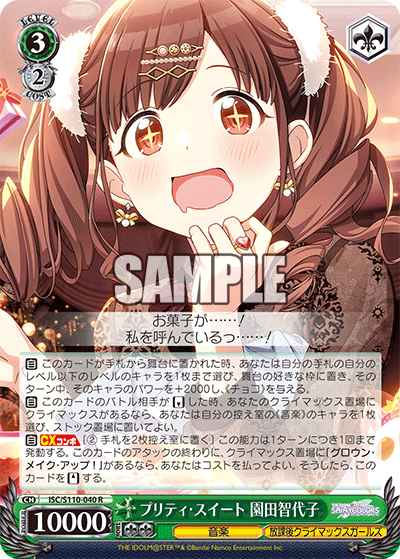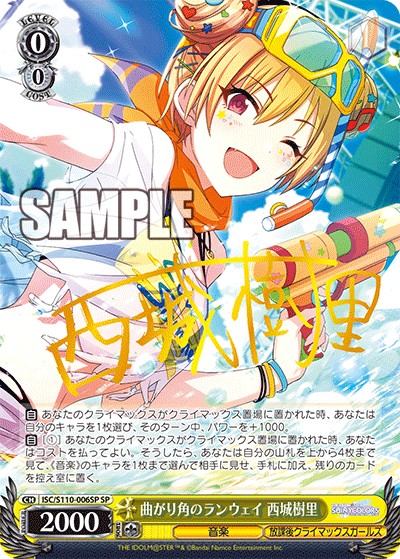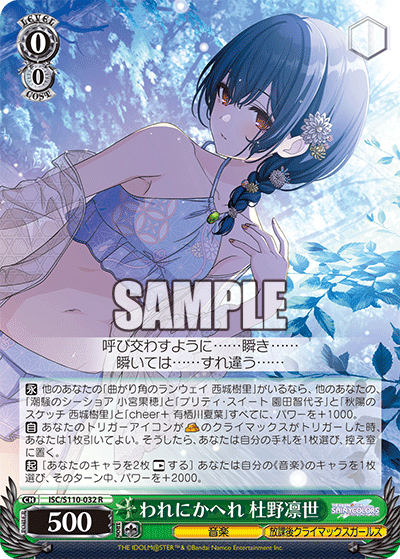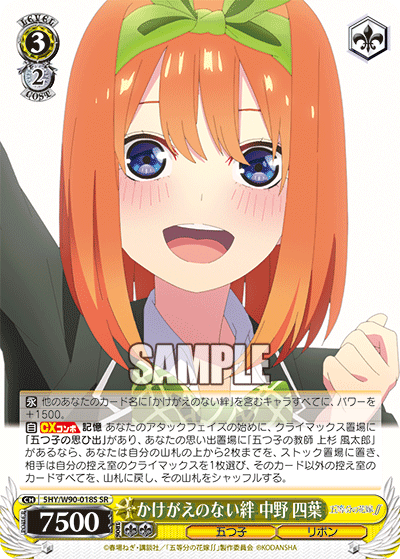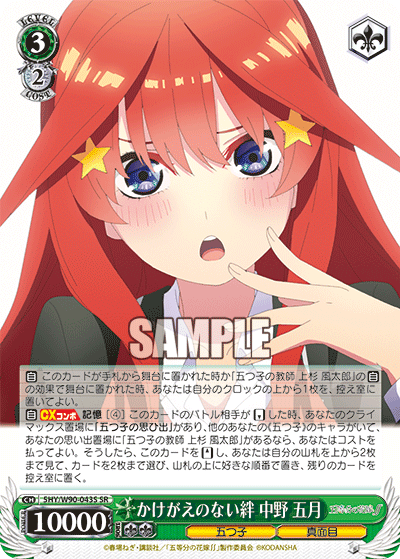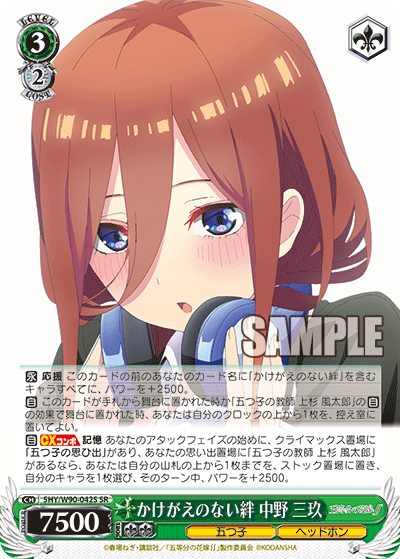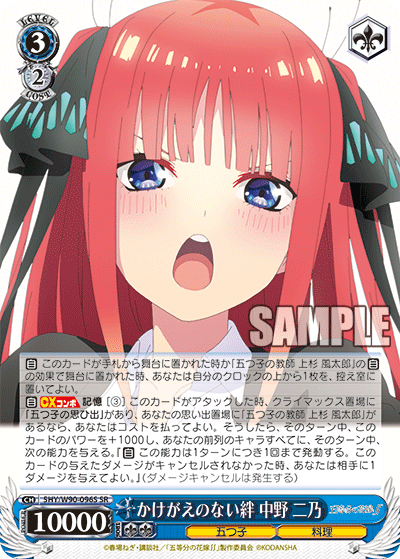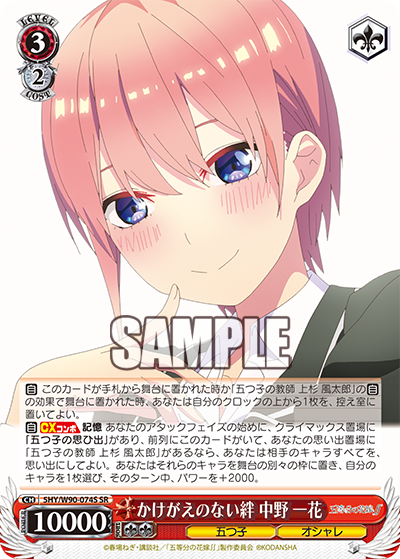Many of my friends have become obsessed with building and playing these so-called Exodia decks. Exodia decks often come with very flashy finishers that assemble some kind of absolute death, but on the flip-side, there is a bit of a climb to take in order to achieve the full combo.
Yes, it is this based upon that “Exodia”, the Exodia from the Yu-Gi-Oh! trading card game. For those not familiar, Exodia was a five piece combo that was achieved when you held all five pieces of its parts in hand. It was an alternative win condition where upon meeting that specific requirement, your opponent would immediately lose the game, and thus, you would win.
Before we delve further, I want to give a more refined definition as to what an Exodia deck really entails. There is a common misconception with a heavy finisher deck versus that of an Exodia deck. They are very similar in terms of their purpose, their functionality, and the explosive end goal they wish to perform. However, they are quite distinct. When I say that, I mean that their core is fundamentally different.
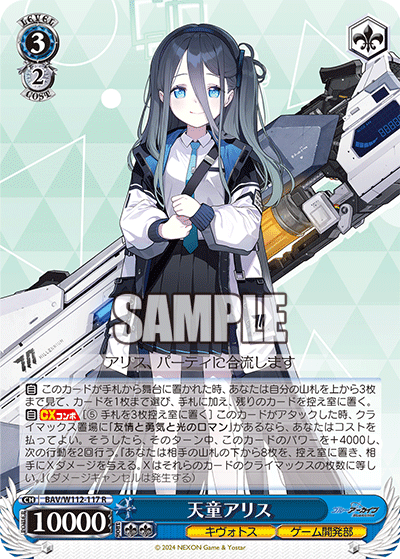
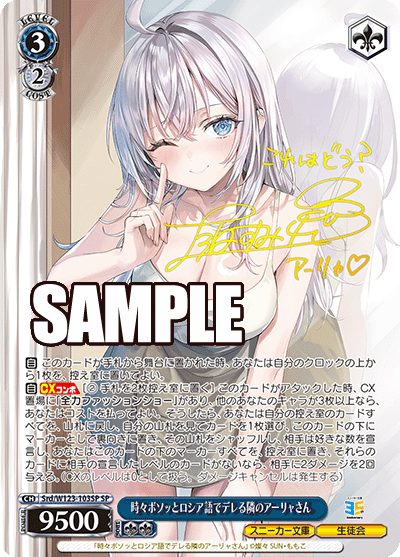
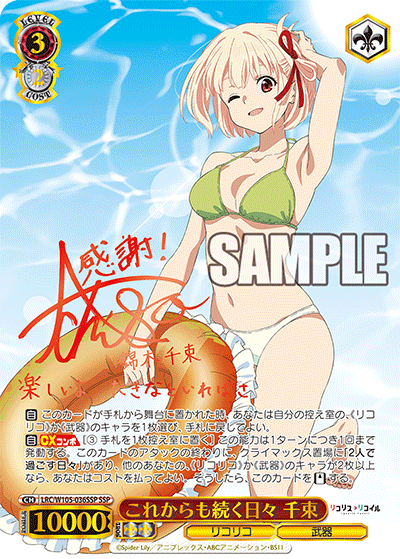
Srd/W123-103SP-SP 時々ボソッとロシア語でデレる隣のアーリャさん (center)
LRC/W105-036SSP-SSP これからも続く日々 千束 (right)
I would tend to consider high heavy costed cards like the above to be more heavy finishing decks rather than that of an Exodia deck. Their costs are high, their damage potential is great, but at their core, these cards are rather independent by design. Alice just needs a lot of resources. Alya can be spawned early and you have a whole pile of cards to support her. Chisato has a combo that is shared with that of her partner Takina which blend well together. But, at their core, these cards can technically function as independent finishers with just their climax and meeting cost requirements for their abilities. Exodia decks, on the other hand, are specifically tuned, demand a certain set-up, and are all-or-nothing*.
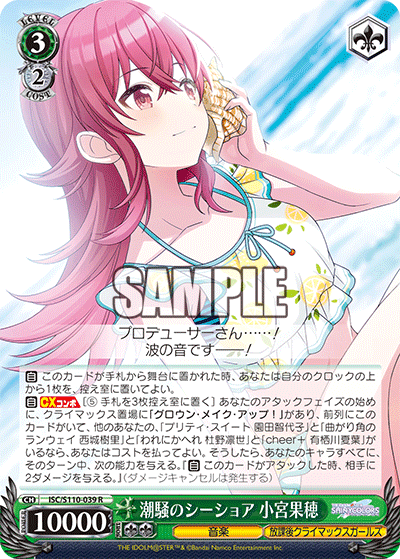

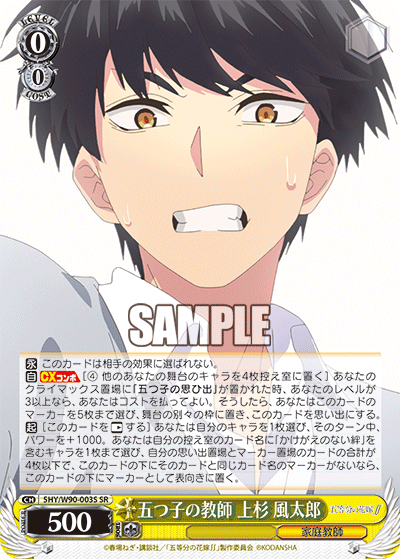
SPY/S106-054SPY-SPYR 受け入れてくれた瞬間 (center)
5HY/W90-003S-SR 五つ子の教師 上杉 風太郎 (right)
Before I delve further into the definitions of an Exodia deck, I want to help resolve some misconceptions:
- Not all Exodia decks are the same power or meet the same levels of complexities
- Exodia decks, while powerful, are not guaranteed to beat your opponent by any measure (ironic considering the Yu-Gi-Oh! origin of the keyword)
- Exodia decks, due to how the game of Weiss Schwarz functions, can still theoretically win you the game through partial completion of its combo*
Due to the complexity of Weiss and the overall number of series with their distinct requirements, mechanics, and etc., no two Exodia decks can truly be fairly compared to each other. Newer Exodia-style decks are usually much more cohesive, easier to pull off, and/or have cheaper requirements. Certain Exodia-style decks may have more desirable outcomes than others. The second distinction to be made is that, unlike the original moniker for which Exodia is derived from, Exodia decks do not instantly win upon performing their goals. It is often very likely for you to win, even more likely than some heavy combo decks, but it is not absolute due to the nature of Weiss Schwarz. Lastly, unlike the original Exodia where you were all-in or nothing, that is not the case with Weiss Schwarz. Some of the Exodia combos can have you winning with partial completion of the combo as a whole. (Of course full completion is always more desirable.)
So why do Exodia decks tend to “suck” or are “miserable”? The pay-off is visually obvious, and it looks and feels really cool to get off some very difficult multi-layered combo. The reason for this comes in both the costs (mechanical) and requirements for these combos.

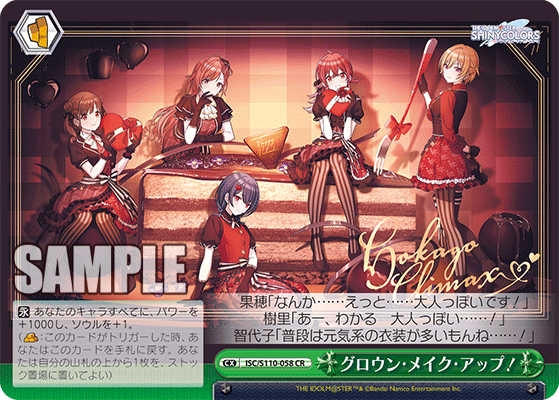
To really break this down further, let’s look into our examples here. Kaho, shown on the left of the previous section, has a very expensive ability. For a cost of five stock and a discarding of three characters, and at the start of your attack phase (meaning you cannot generate stock through attacking), you can perform her ability if you also fulfill her field requirement of having her other specific unit members on stage.
Now her other band members are not too shabby. Each one serves their own purpose in the deck. For instance, Natsuha is an early play healer. Chiyoko is a combo finisher that also works with the same climax as that of Kaho’s. Juri is an Amagi profile, and Rinze is a climax filter. All-in-all, these are great cards that could fit in pretty much any deck. But here’s the catch, Kaho will not do anything unless you have exactly this field. You need one of every single of these cards on stage. On top of this, the real value of the finisher actually lies with Chiyoko who can restand herself to attack twice and really make value off of Kaho’s ability. But Chiyoko has another cost to pay for that restand ability. To truly combo off, you need to understand that the condition of five stock and three cards to discard is only just one part of the entire Exodia combo’s cost while not factoring in some of the costs required for the other cards in the full combo itself.
This also brings a new point about a lack of flexibility. While it is true that you could theoretically just play three Chiyoko combos and try to just restand to finish your opponent, if you are truly achieving Kaho’s Houkago Climax Girls Exodia Combo, you are very much limited to a single copy of Chiyoko on field. There is no choice in the matter as this is a strict requirement.
Feel free to read more about Kaho’s unit’s deck profile here.

Moving onto our second option here, we have the SpyxFamily Family deck. Now this combo is quite unique as with the wording of this card, you can actually bypass colour requirements in the game. At first glance, it may seem confusing, but let me explain how this card works. This event, the crux of its specific deck profile, aims to spawn one copy of each of the Forger family’s members onto the stage, one of each of the finishers more specifically. Furthermore, the bar climax from the trial deck is treated as having the name requirements for the climax requirements for each of the specific finishers. In essence, you can do one of Loid’s, one of Yor’s, and one of Anya’s combos each while this card is in memory with the bar substituting for all their climaxes.
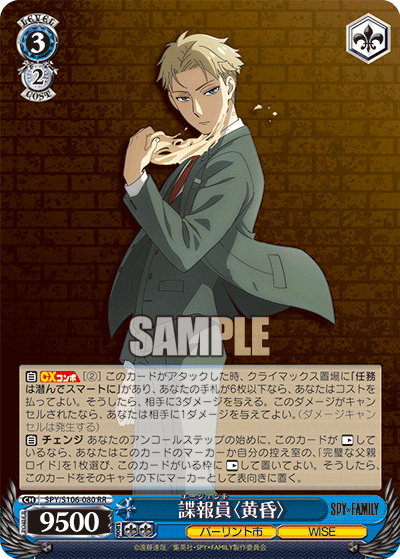
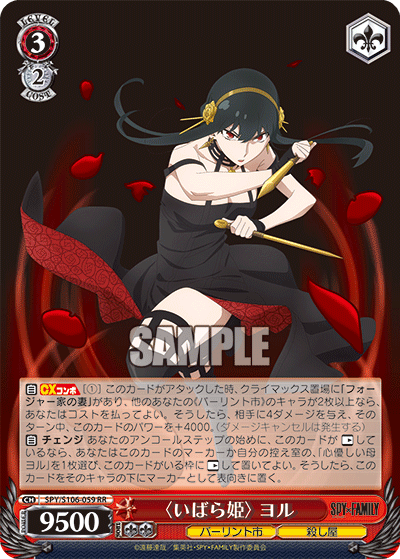
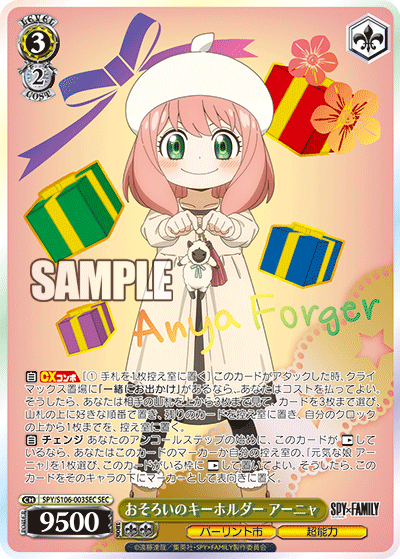
SPY/S106-059RR 〈いばら姫〉 ヨル (center)
SPY/S106-003SEC-SEC おそろいのキーホルダー アーニャ (right)
As shown here, this event allows you to place all three of these cards above on stage from your hand while ignoring colour and stock requirements. Now you may already realize one of the main potential issues with this combo. Unlike Kaho’s combo in the previous section, these three do not carry any utility throughout the game like that of Rinze and Juri who can be spawned out at level zero. In fact, even the Forger Family event is essentially a dud in hand until level three. Now, this may sound harsh, but this is a commonality among many Exodia-style decks. Due to the strict requirements, there are often many times where your hand is filled with rather unusable cards in the early game that will be employed in the late game to compensate.
One other important thing to note, without the use of the event, none of these cards are typically playable. If you haven’t noticed, the event is green, and all these finishers are different colours. Multi-colour decks are difficult to play around, and without the ease of the event, these cards wouldn’t functionally work. Just like Kaho’s combo, due to the nature of this type of deck, you’ll also likely have to spot multiple copies of each of these cards to carry in hand, cards which I typically call “dead draws” since they do not further your advantage or help out your situation in the early-to-mid game. This can lead to quite common unlucky draws and generally unfavourable hands. This is yet another unfortunate truth: most Exodia combos are meant to play catch-up, compensating for the early-to-mid game with their explosive finish.
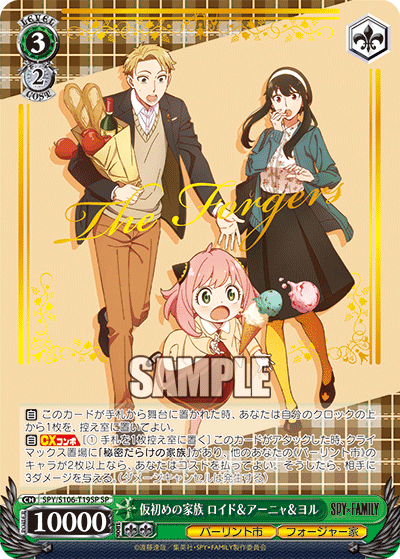
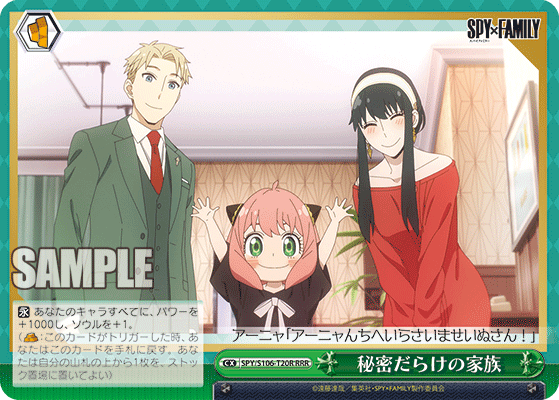
SPY/S106-T20R-RRR 秘密だらけの家族 (right)
However, unlike Kaho’s deck, this deck hides yet another secret charm: it has a backup plan. This isn’t very common among Exodia decks since, as I said before, Exodia decks are all-in or nothing, but for this case specifically, it just so happens that the trial deck finisher also works with the same climax. So at worst case, you can just use this finisher instead if need be. It’s not enforced; it’s not required, but it is an option. Keep in mind as well, unlike Kaho’s finisher, and based on how Weiss Schwarz works, unless directly stated, you do as much of an effect as possible. So even if you are missing one of the trio, you can still play as many as you can in combinations listed on the card such as a single Loid and Anya or maybe an Anya and a Yor. Worst case, you can also substitute the last finisher with the one above. This Exodia deck offers something most Exodia decks lack which is having a secondary plan.
Come learn about the Forger Family here in this post.


Lastly, let’s take a look at Futaro’s card with his associated five Quints combo. The reason I chose Futaro’s deck here is to highlight another difference between these Exodia decks. Futaro plays very differently from most Exodia-style decks. Rather than having to build up to a certain combo or hold certain cards in hand until the final turn, Futaro quite literally builds up your late game and deploys your finishers and other level three cards rather easily from underneath himself. You can read about his deck here.
I’m just going to be blunt here. Unlike Kaho’s deck profile where I summarized parts of the Exodia combo, I am not going to do so here due to the complexity of the individual Quints. In a simple short summary of the combo, Futaro markers one of the Quints listed in his effect text each turn underneath him, and at level three, you can send him to memory and pay his costs to spawn all the Quints underneath him to stage. Each of them have their own abilities that work coincidentally with the same climax as Futaro’s.
So where does this deck differ from Kaho’s and The Forger Family’s? Firstly, as I stated before, this deck isn’t as prone to “bricking” as it is for the other combos. This is due to the fact that you don’t have to exactly build up the same amount of resource nor hold the Exodia pieces (the Quints girls in this case) in your hand. Futaro does the dirty work for you, but he does come with his own complications. Firstly, you can’t exactly search out Futaro as he doesn’t have the universal Quintuplet (五つ子) trait that all the girls share, cutting him from many synergies within the series. Futaro is hexproof, meaning he can’t be easily removed from the field by your opponent (this would be a yikes as you would reset all his markers). But he isn’t exactly invincible either. Furthermore, while not exactly needing as much resource or certain complications of other Exodia decks, Futaro’s deck is heavily dependent on having as many turns as possible. He needs explicitly five turns to get all five Quints, in a perfect world, underneath himself for the final turn. Unlike other decks where, if you have the ability to generate the resource needed, Futaro is quite literally and heavily limited by the turns you have. To employ his full potential, you have to actually make it to at least five turns to reach his full potential. I won’t go into further details regarding his deck for now. You can read about that here.
In addition to Futaro’s “lower” cost to assemble his Exodia field, Futaro’s endgame isn’t exactly as explosive as the two other deck profiles suggested here. Many of the girls offer more utility effects rather than outright finishing your opponent. Yes, compared to Kaho and the Forger Family deck, it is more likely that your opponent will live through Futaro’s combo. However, when you consider the consistency, “lowered” costs, and lack of flexibility associated with Futaro, it’s a fair trade-off, I’ll say.
Futaro’s deck shares yet another key problem with Exodia decks. They are intentionally cumbersome. Given how fast paced the modern game is, employing an Exodia deck is realistically a struggle and favoured against you. I’m not saying that you are guaranteed to lose with an Exodia deck. Futaro’s deck is already one of the more consistent Exodia decks I have seen in general. Yet, that hard limit really does hold Futaro’s deck back somewhat. It is hard to really just state how difficult it is to try to balance in assembling specific requirements to meet the conditions for the Exodia abilities while also making sure you don’t blow up before you are able to complete your arduous task.
Playing an Exodia deck is like pushing a boulder uphill; imagine yourself as Sisyphus performing his task. However, unlike Sisyphus, there is a light at the end of the tunnel. The peak of the hill does indeed bear a shining treasure, assuming you get there. With the speed of the game and other complications, I can’t really fully convey just how difficult it is to assemble these combos in the modern game landscape. I’m not discouraging you from doing so, but I want to make it very clear as to the actual journey you’ll be undertaking. You have to be prepared and realized that Exodia decks are almost always on the side of the underdog. Finally, remember that Exodia decks aren’t all built equally. Some are genuinely easier to play in some ways than others. And newer tech often brings along better qualities of life that simplify and lower the difficulty in assembling and paying for the Exodia pieces. Pick up your favourite series; take a look at the Exodia pieces, and determine what’s your best approach to assemble these combos.

